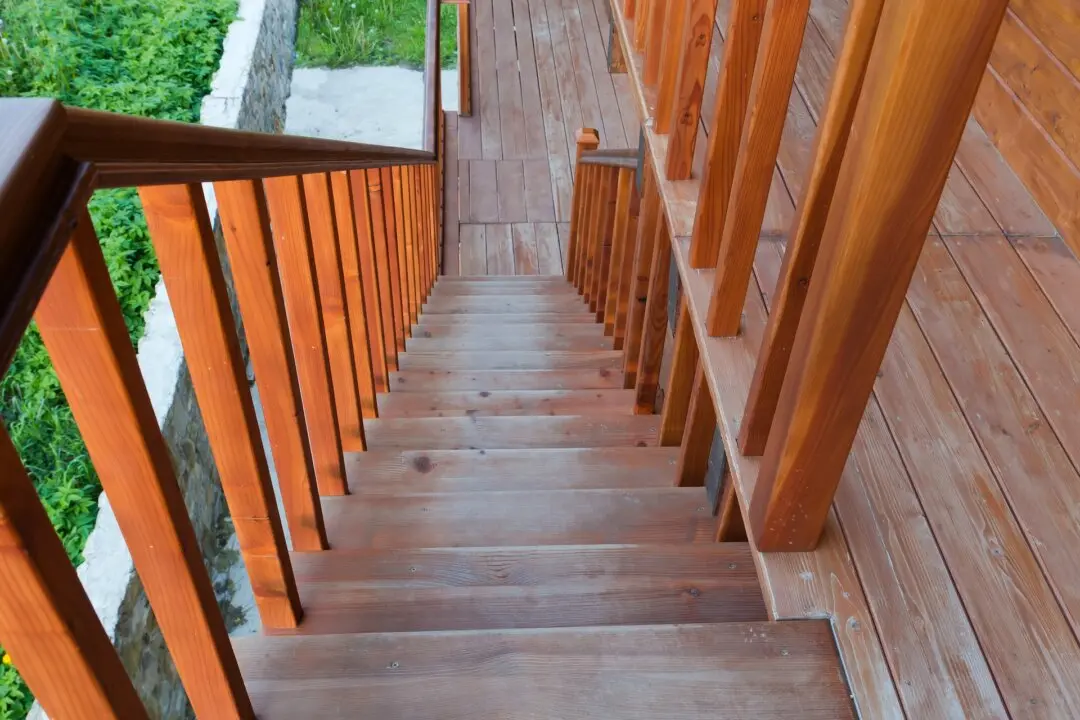Dear James: I think a picket fence would look good across my front and side yard. I have some saws and tools. Is this a project that the average DIYer can handle?—Jesse T.
Dear Jesse: If you have worked with wood at all and have some power saws, a picket fence is probably the easiest type to build depending on how ornate you want it to be. Your main cost is just the lumber, but adding the fence should increase your property value more than its cost.





